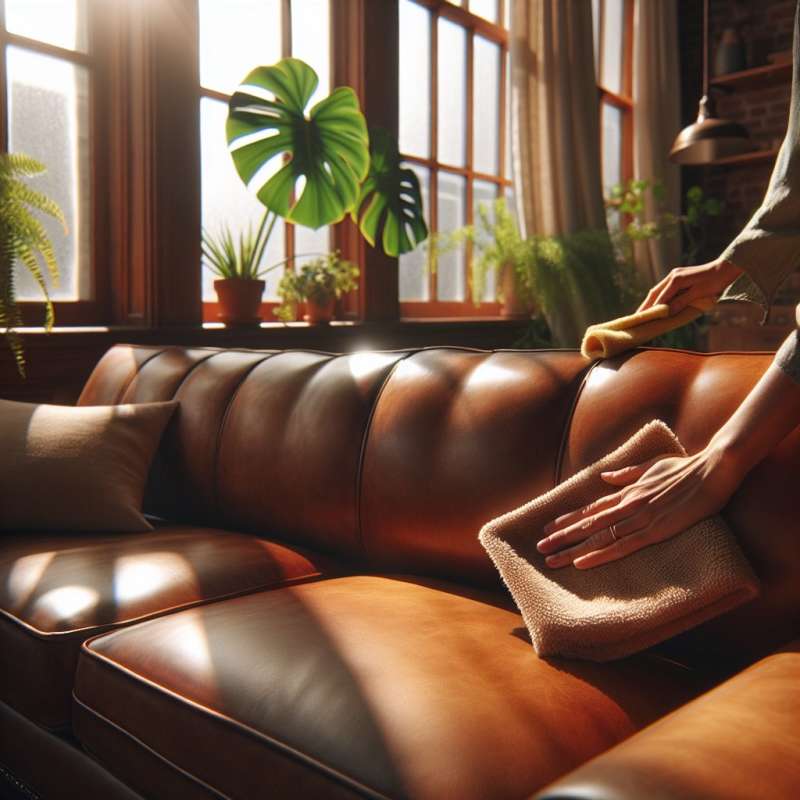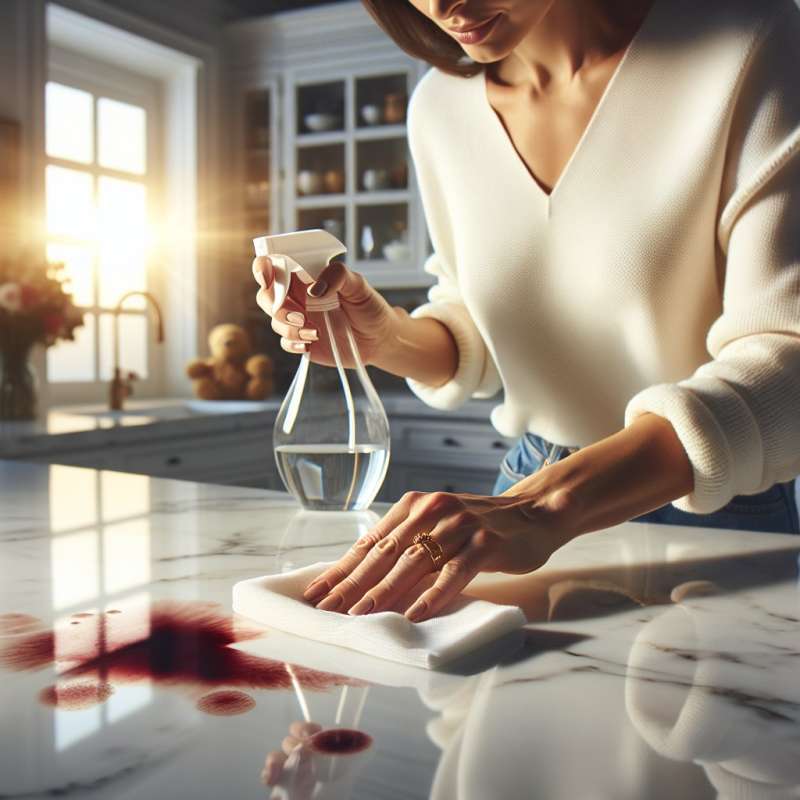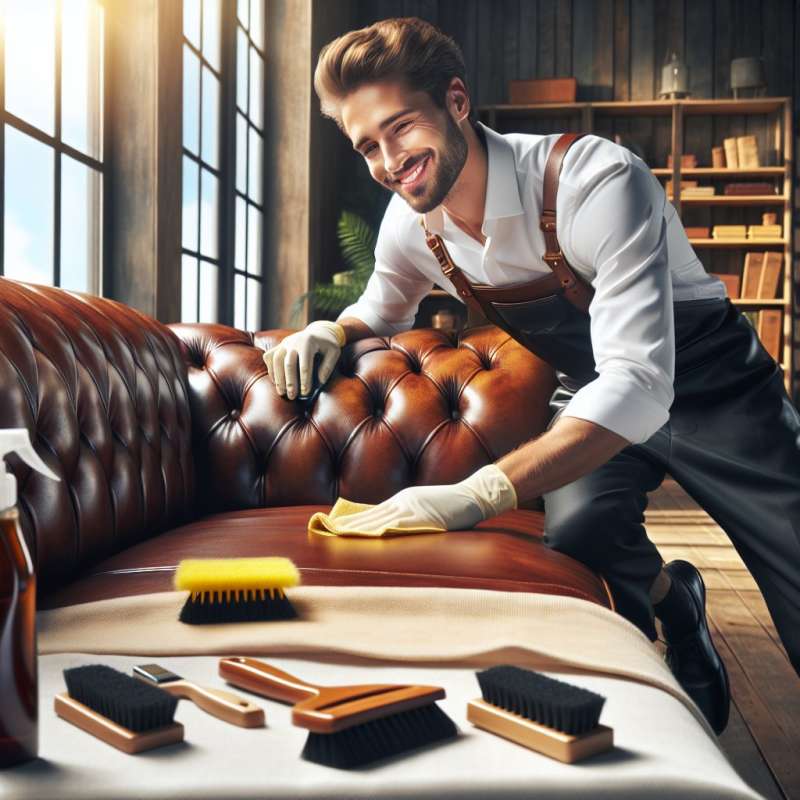
Understanding Leather Types
Not all leather is equal. Identify whether your sofa is made from aniline, semi-aniline, or pigmented leather. Each type requires different care methods to maintain its unique texture and longevity.
Daily Dusting Routine
Regular dusting prevents dirt accumulation that can scratch leather surfaces. Use a microfiber cloth to gently wipe the sofa. This simple daily habit can significantly extend the life of your leather furniture.
Spot Cleaning Techniques
Act quickly on spills to prevent stains. Blot with a clean cloth; never rub. For tougher stains, use a solution of equal parts water and vinegar, applying gently with a soft cloth.
Conditioning is Crucial
Leather loses moisture over time. Conditioning every 6-12 months prevents cracking, keeping the sofa supple. Use a quality leather conditioner, and always test on an inconspicuous area first.
Sunlight and Heat Damage
Prolonged exposure to sunlight and heat sources can fade and dry out leather. Arrange your living space to keep the sofa away from direct sunlight and radiators to preserve its color and texture.
Avoid Harmful Products
Common cleaners can be too harsh for leather. Steer clear of products containing ammonia or bleach. Opt for a pH-balanced leather-specific cleaner to safely maintain your sofa's appearance without damaging it.
Professional Care Tips
For deep cleaning or restoration, consider hiring a professional. They have specialized tools and products that can rejuvenate aged leather, tackle stubborn stains, and offer advice tailored to your sofa's specific leather type.
What type of leather requires unique care?
Aniline leather needs specific maintenance
All leather types need same care
Only pigmented leather requires care
Company